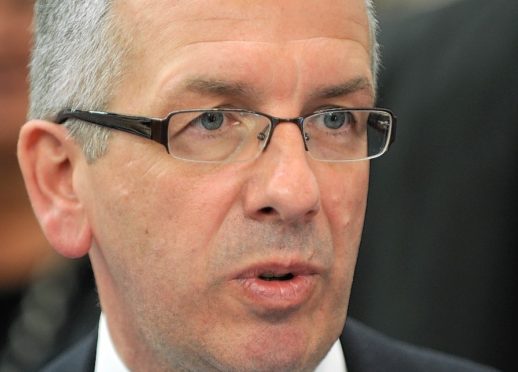Campaigners claiming there is a lack of investment in the Highland rail network fear it will result in more freight being transported on the A9 as the road improves.
David Spaven, Scottish representative of the Rail Freight Group, said: “As the road gets better and better we might see freight coming off the rail and onto the road, which is the last thing people want to see.”
With the A9 dualling project pegged at £3billion, Mr Spaven said it was “clearly not a level playing field” compared to a £57m investment programme to improve rail services between the Central Belt and Inverness.
He added: “What we are seeing now is a pale shadow of what the government was promising 10 years ago.
“The worry is that the railway isn’t as competitive as it should be.
>> Keep up to date with the latest news with The P&J newsletter
“The danger is that rail will fall further and further behind, which will be a great shame because clearly rail has a lot to offer in environmental terms and, indeed, in terms of safety, as it’s a much safer mode of transport than road.”
Highlands and Islands regional MSP and road safety campaigner David Stewart said: “If we do not keep investment up on our railways alongside the road investment what we will end up seeing is a reduction in freight by rail and more and more traffic on our roads.
“For too long now there has been lack of investment in the rail infrastructure north of Perth.
“We need to sort out the central belt bias towards rail spend.”
The Scottish Government has pledged to embark on a series of improvements on the Highland rail line over the next six years in order cut journey times, increase passenger numbers and extend freight capacity.
A Scottish Government spokesman said they had invested £7 billion in rail services across the country since 2014, including £1.2 million on the Highland line which increased services from nine trains a day to 11, leading to an average reduction in journey time of six minutes.
“Phase two is currently underway and will bring further journey time reductions of around 10 minutes in the December 2019 timetable change,” he said. “Additional potential benefits will include an hourly service between Perth and Inverness, average journey time reductions of 10 minutes and more efficient freight opportunities.”
